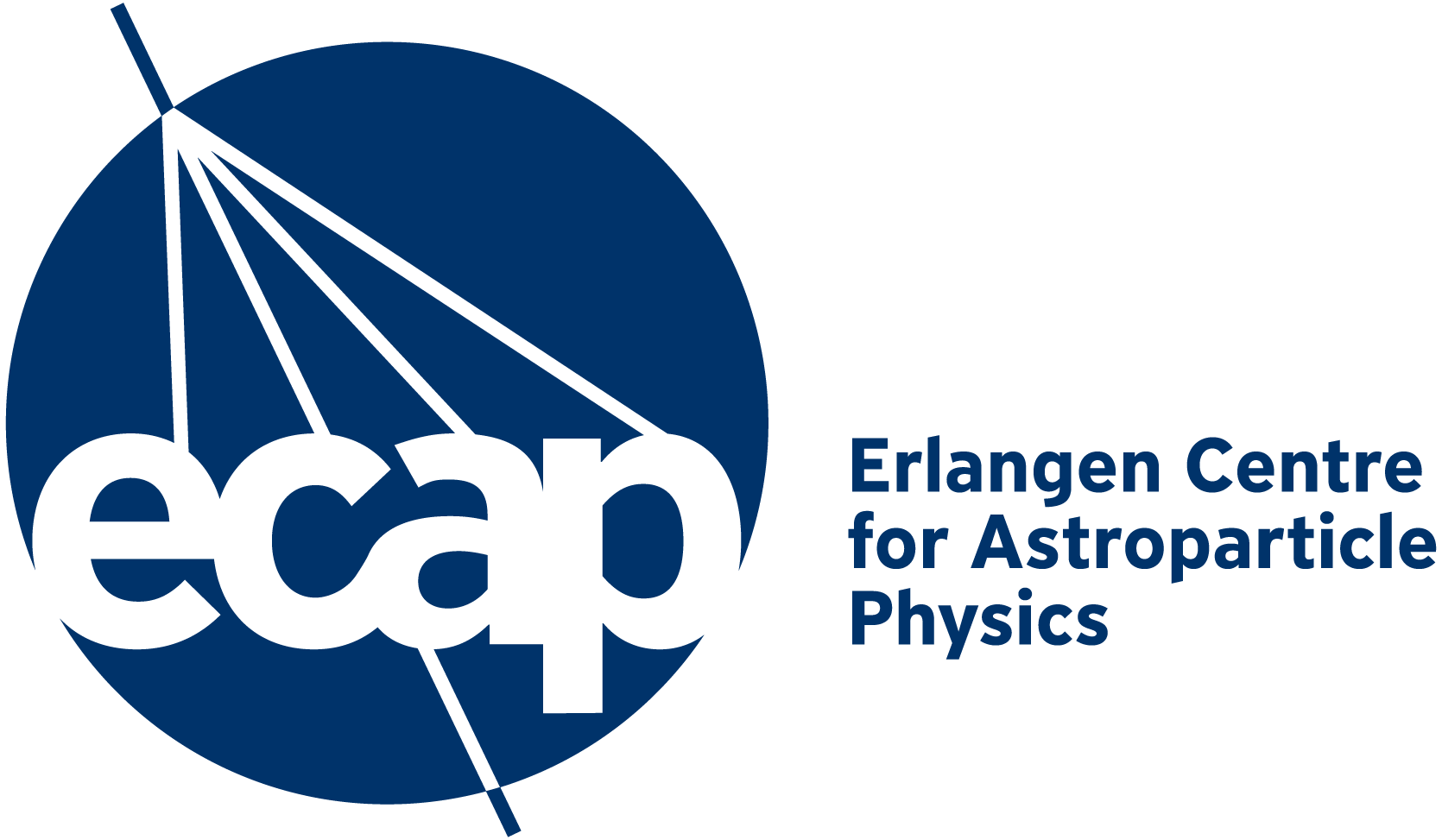ECAP Seminar: Klaus Desch
ECAP, room 307 Erwin-Rommel-Str 1, Erlangen, GermanyAxions from Sun? Exploring the low-energy frontier with the IAXO experiment Axions are ultralight hypothetical particles originally postulated to explain the observed smallness of the neutron´s electric dipole moment and its connection with the so-called strong CP-problem, i.e. the fact that QCD allows for CP violation while Nature apparently does...
